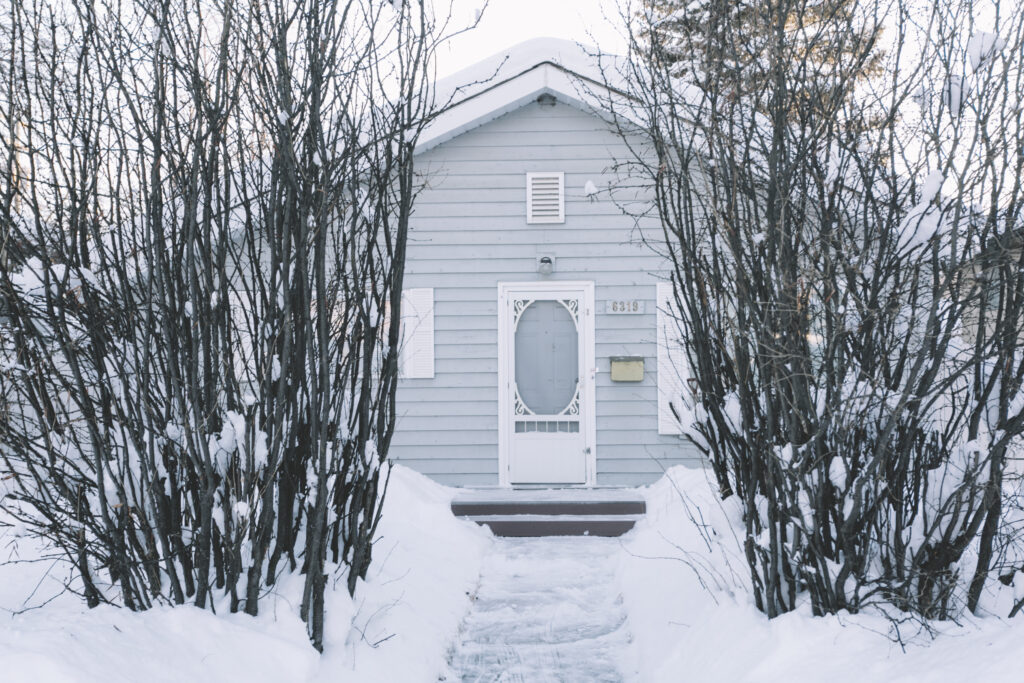Can Safe Paw or Safe Thaw Edge or Damage Surfaces Like Walkways or Porches?


The short answer is: not directly—but they can expose existing vulnerabilities in unsealed or poorly maintained concrete over time due to natural freeze-thaw cycles.
Why Sealing Concrete Is So Critical
Flaking or “spalling” of the surface
Cracks forming and spreading
A roughened or “etched” appearance
Even though Safe Paw and Safe Thaw do not contain corrosive ingredients, their role in melting ice inevitably introduces more moisture to the surface. If that surface is unsealed, it’s more likely to allow water penetration, which can trigger this type of damage over repeated cycles.
Safe Paw and Safe Thaw: What Makes Them Surface-Friendly?
Do not chemically degrade concrete
Are safe for sealed surfaces
Are non-toxic and pet-friendly
Do not stain or pit surfaces under normal use
So, while they don’t inherently cause etching or damage, they can’t prevent moisture from entering untreated concrete. That’s where the risk lies—not with the product, but with the condition of the surface.Flaking or “spalling” of the surface
Cracks forming and spreading
A roughened or “etched” appearance
Even though Safe Paw and Safe Thaw do not contain corrosive ingredients, their role in melting ice inevitably introduces more moisture to the surface. If that surface is unsealed, it’s more likely to allow water penetration, which can trigger this type of damage over repeated cycles.
Preventing Winter Surface Damage: Best Practices
Seal your concrete with a high-quality concrete sealer before winter starts.
Inspect your surfaces annually for cracks or wear that may allow water infiltration.
Avoid overapplying ice melt in one area, as buildup of any moisture may increase exposure risks.
Sweep off residue in spring to prevent unnecessary accumulation of nutrients or granules.
Reseal surfaces every 1–3 years, especially in climates prone to deep freezes.